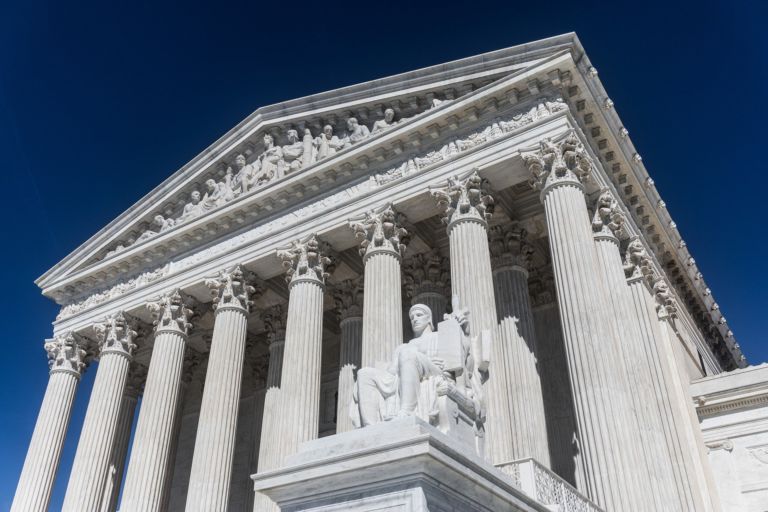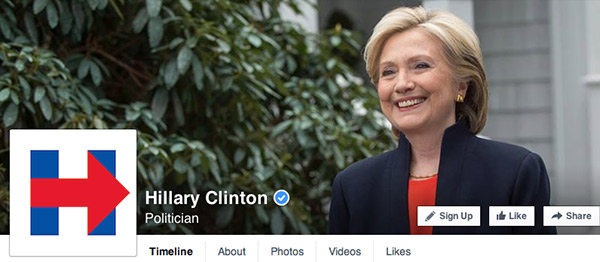Joseph Calhoun argues at Real Clear Markets that the Trump administration has taken recent steps that suggest a shift away from the protectionist message that helped decide the 2016 election.
Donald Trump’s views on trade until this reset, were of the nativist, mercantilist variety, views long ago discredited by almost everyone in the economics profession. Free trade is one of the few areas where wide agreement is found among economists of all political stripes. Consensus, as we’ve learned in many other areas of our modern life, does not make truth but in this case the consensus exists for very good reason. Free trade is beneficial wherever, whenever and however it is practiced. …
… The narrative on trade now appears to be shifting. The President was the first to change the language of his trade policy at the G-7 meeting last month. He challenged the other members to agree to completely free trade – no tariffs, subsidies or other barriers. Peter Navarro then reinforced that message in a CNBC interview, emphasizing once again that the President wants free trade. Then the next day the President reiterated his commitment to free – and yes, fair – trade at a White House meeting of Republicans. Finally, Treasury Secretary Mnuchin, in another CNBC interview, also emphasized the administration’s desire for free trade.
This shift appears deliberate, an attempt to change the emphasis of the debate and cast Donald Trump as a free trader all along. A free trader frustrated that the rest of the world doesn’t reciprocate our trade benevolence, but a free trader nonetheless. The goal is now to create a more open trading system, not to close ourselves off from the rest of the world.


